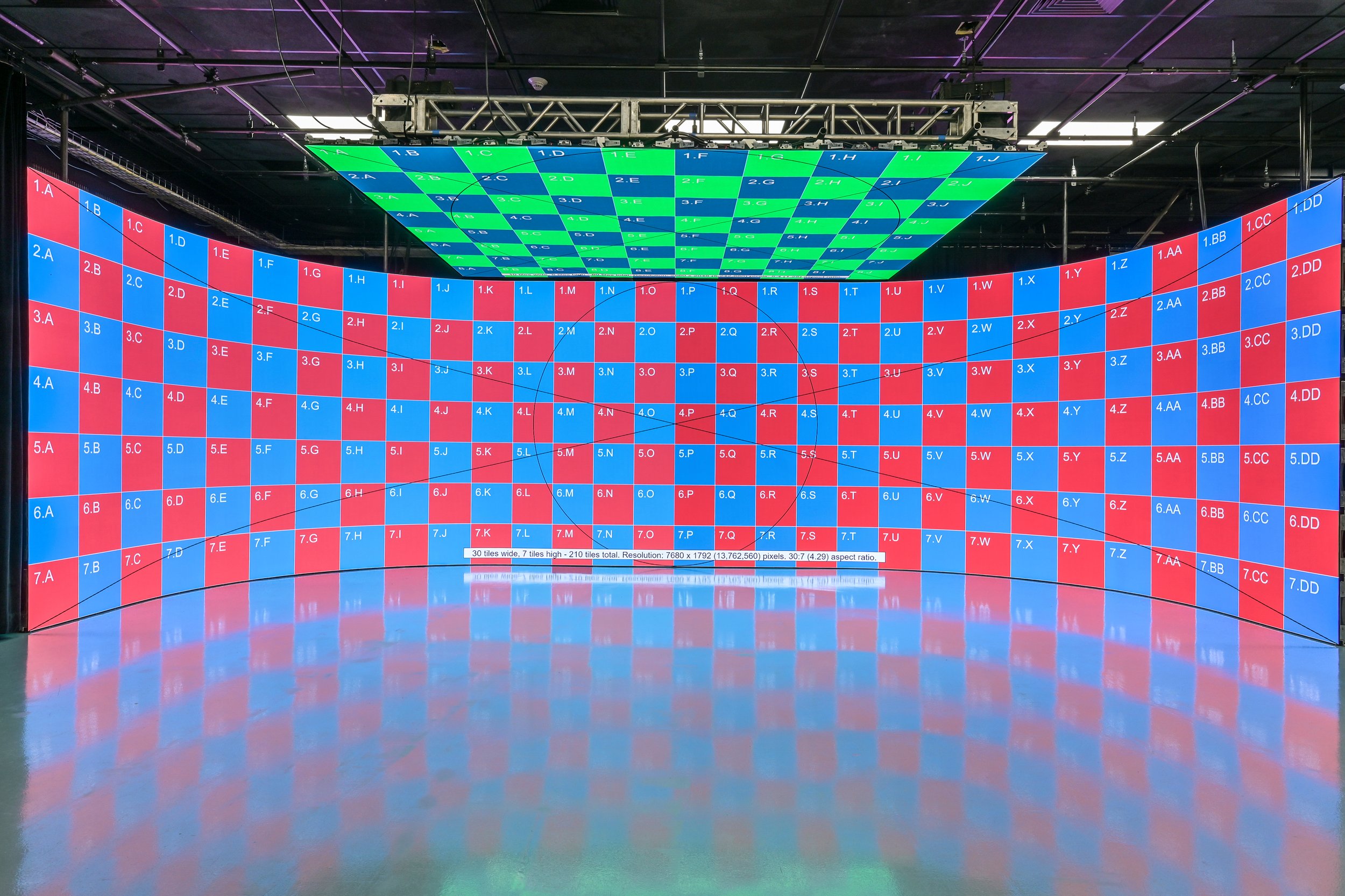The caliber of the light-emitting diode elements plays a significant role in color uniformity. Various types of LEDs emit light at varying frequencies, which can influence the overall color output. High-quality LEDs are engineered to generate a more consistent light range, leading in better color precision. Additionally, the production method of these light-emitting diodes can impact their functionality. Screens made with superior materials and technology tend to have fewer color variations, ensuring that the shown images and videos look vibrant and true to life.

Calibration is another crucial factor in preserving hue consistency in light-emitting diode wall screens. Calibration involves modifying the settings of the panel to make certain that the hues displayed great post to read align the desired design. This process can consist of fine-tuning brightness, differentiation, and hue balance. Regular tuning is necessary, especially in environments where illumination factors change frequently. By tuning the screens, technicians can correct any inconsistencies in hue output, leading to a more uniform observing encounter.
Environmental conditions also influence hue uniformity in LED wall panels. Elements such as surrounding light, heat, and humidity can influence how hues are seen. For instance, intense ambient light can dull hues, making them appear less vibrant. Similarly, harsh heat can influence the performance of the LEDs, resulting to hue changes. To mitigate these issues, it is essential to place LED wall panels in managed environments where illumination and heat can be controlled effectively.
Finally, the design and arrangement of the light-emitting diode wall screens can affect color consistency. The arrangement of the panels, as well as the spacing from which they are observed, can create variations in color perception. When panels are arranged too far apart or at different angles, audiences may notice discrepancies in hue. To achieve the best visual output, it is crucial to take into account the positioning and alignment of the panels during installation. By addressing these elements, operators can guarantee that their LED wall panels deliver a uniform and superior visual experience.